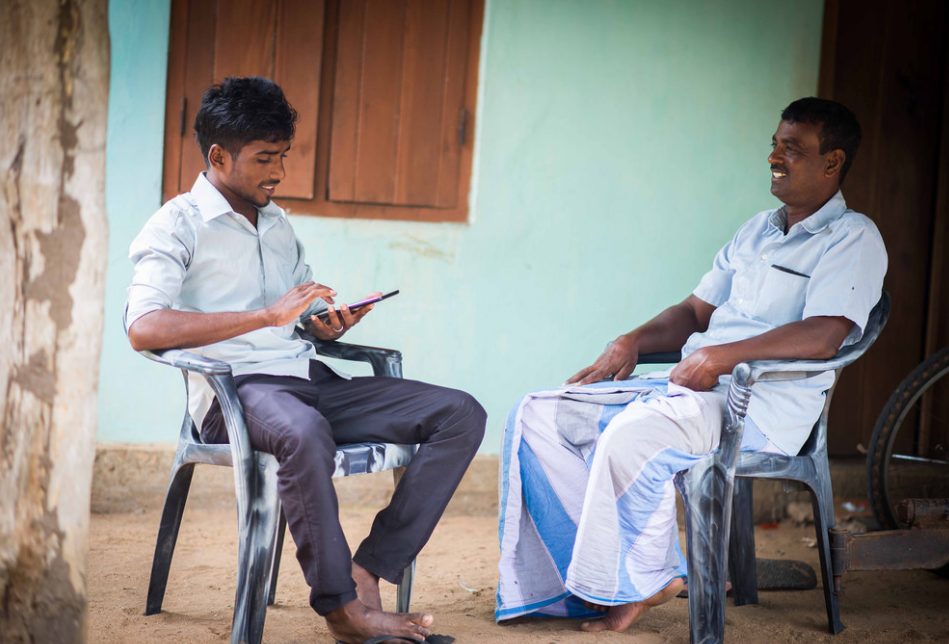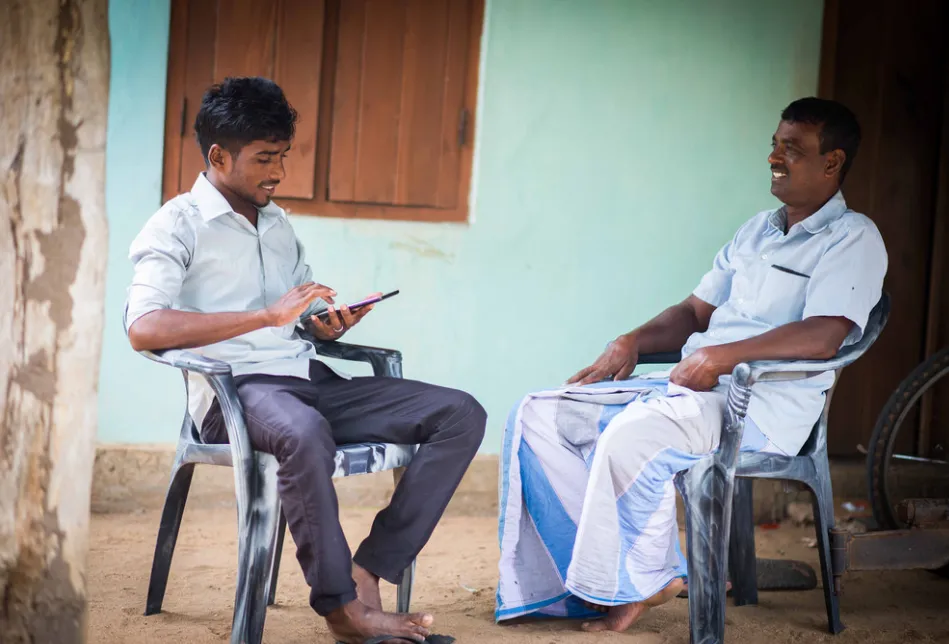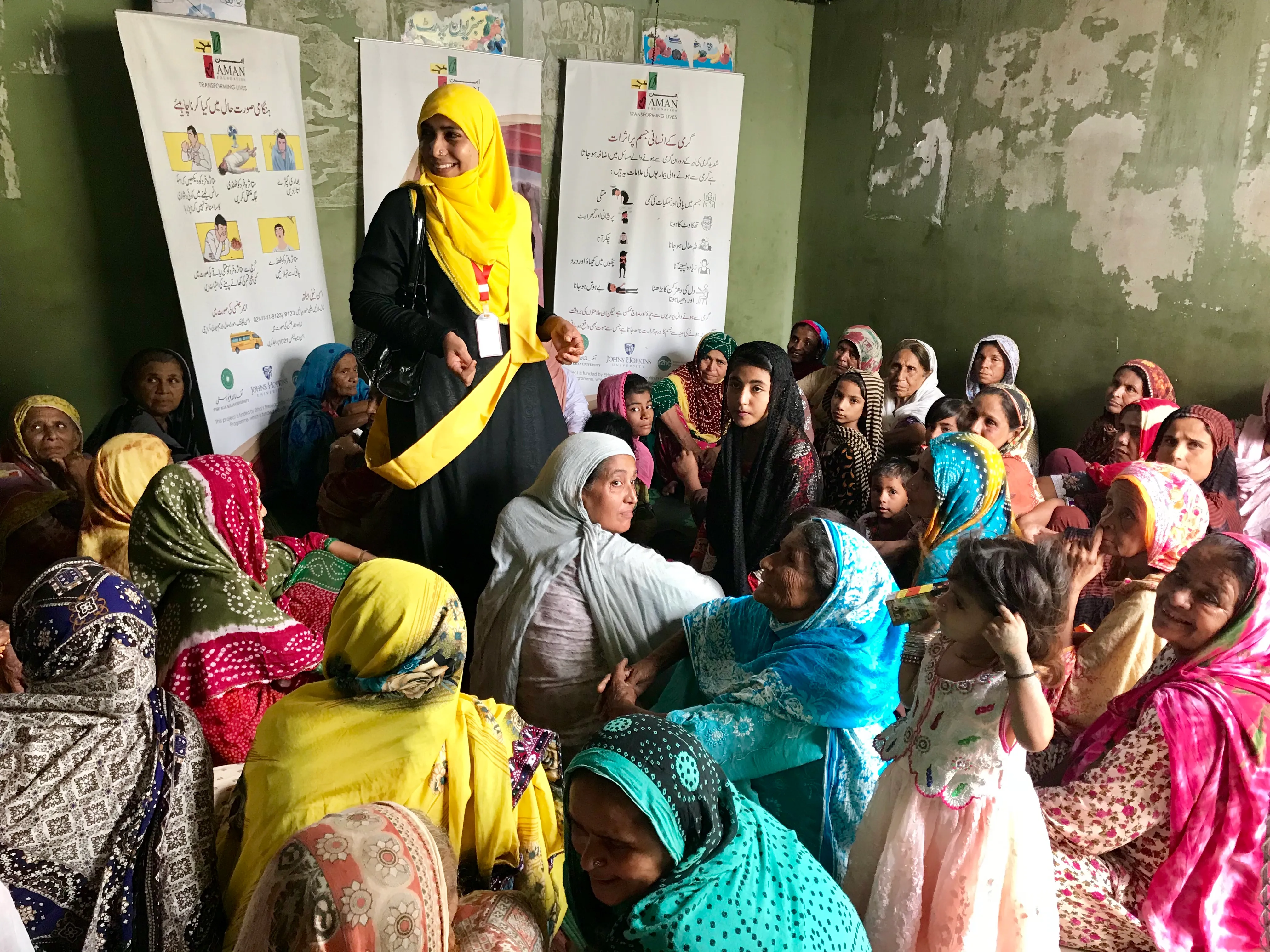How to operationalise ‘closing the feedback loop’: where is the Solution?

“But do you really need issue tracking?” was a reaction Oxfam often faced when speaking to those in the sector whilst researching the technology component for our project on capturing informal feedback in humanitarian situations. Given the proliferation of calls in the sector to close feedback loops between service providers and those who receive services, shouldn’t longitudinal monitoring of “issues” as reported by communities themselves be standard practice? Isn’t this the very definition of feedback? What happened to the push for more downward accountability?
Oxfam has recently completed the research component for our informal feedback project, which will be piloted in Zaa’tari Refugee Camp in Jordan next month. We started by conducting a technology landscape review, which found that the majority of ICT4D software functionality (including software Oxfam currently uses) focus on mobile data collection and analysis at a snapshot in time, but few offered the ability to monitor an organisation’s response to data – in this case feedback – collected over time. In other words, the tools we reviewed were suited more for the extraction of data from respondents rather than interaction between respondents, data collectors and staff members or longitudinal measurement of process change.
Our experience verified what thought leaders in the ICT4D and feedback space have been arguing for years: collecting feedback is not enough we need better tools to respond to feedback.
In 2013, Bonbright and Whittle argued that “the binding constraint” to envelope feedback systems into non-profit performance management norms “will increasingly be know-how and tools.” After a TechSalon held in 2012 on using ICTs for social monitoring and accountability, Linda Raftree highlights that it is critical to have the ability to react to feedback received and ensure “demand does not outstrip response capacity.” This was exemplified in 2009 by Femina HIP which became overwhelmed by the volume of feedback it received via SMS but, as the World Bank notes, lacked “adequate internal ticketing, management information systems, and human resources” to follow-up. For years we’ve known institutional deficits persistently obstruct our ability to ‘close the feedback loop’, so where are the tools to enable us to improve these processes?

As options in the ICT4D sector for these sorts of solutions seem to be limited, private sector technologists pointed us toward the multitude of customer relationship management software systems (CRM) built around ‘issue tracking’ or ‘ticketing systems,’ commonly used at help desks and call centers, which assign a reference number (the ticket) that identifies and tracks the status of the customer’s request or issue. Unfortunately, the CRM software doesn’t cater for some of Oxfam’s key requirements, which include working on the Android operating system, a necessity for the mobile platform to deploy offline, while maintaining responsible data security standards and tailored back-end reporting.
This pilot aspires to use issue-tracking to operationalise ‘closing the feedback loop’ after staff receive feedback face to face. But the search for the right fit revealed a lack of tools available in the marketplace. Oxfam sticks to principles of ‘buy not build’ in the adoption of technology where feasible, because like many international organisations, the investment in support and maintenance of bespoke software is often unsustainable and disproportionate – not least the majority of the time tools already exist so why would we build them from scratch? In this case, we found software that has overlapping functionalities similar to issue-tracking within medical practice software, termed “case management”, often applied in public health settings.
Perhaps the question that remains isn’t if we really need issue tracking, but why aren’t these tools more widely available? We aren’t just talking about accounting or accountability we are also trying to become more effective as defined by the communities who will receive our services. Results are not only what or how much is delivered, but how it was delivered, if there were last minute adaptations, why adaptations were needed and if services were delivered satisfactorily according to needs.
There’s broad consensus that listening and learning during implementation more systematically, and focusing on continuous quality improvement, are positive trends in humanitarian response. Where are the tools that expand organisational capacity to manage a deluge of feedback? Preventing system overload requires a prepared and supportive institutional climate as well as tools that transform buzzwords like real-time monitoring or adaptive management into actionable steps and processes, that may (or may not) be facilitated by ICTs, which allow for immediate course correction and locally brokered social change. It’s beyond time to push from the recycling and rebranding of policy into actual practice.
Training and implementation begins in July where the technology and methodology will be tailored to meet local needs of staff and communities and adapted accordingly. Following a technological review, the software being used will be CommCare.
Stay updated
Sign up for our newsletter to receive regular updates on resources, news, and insights like this. Don’t miss out on important information that can help you stay informed and engaged.
Related articles



Explore Elrha
Learn more about our mission, the organisations we support, and the resources we provide to drive research and innovation in humanitarian response.